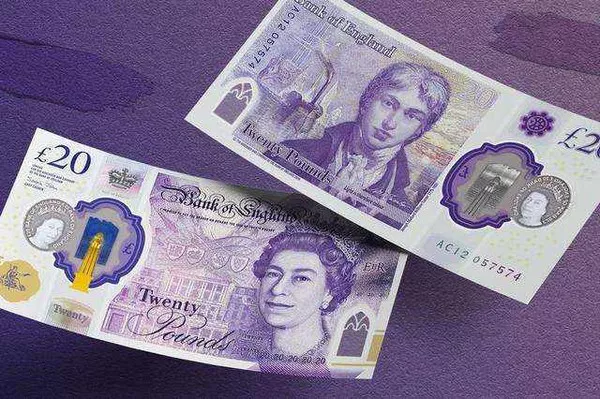The GBP/USD currency pair, also known as the cable, is one of the most actively traded assets in the forex market. This pair combines two of the world’s most significant currencies: the British Pound (GBP) and the US dollar (USD). The trading volume for this pair is relatively high because of the economic ties between the United Kingdom and the United States.
Traders who are interested in trading the GBP/USD pair often wonder what the best time to trade is. In this article, we will explore the optimal time to trade the GBP/USD pair and the factors that influence its price movements.
Understanding the Forex Market
Before delving into the optimal time to trade the GBP/USD pair, it is essential to understand the forex market’s dynamics. The forex market operates 24 hours a day, five days a week, with three primary trading sessions: the Asian, European, and North American sessions.
The Asian session starts at 12:00 am GMT and ends at 9:00 am GMT. During this session, the Tokyo and Sydney markets are open, and liquidity is relatively thin. The European session begins at 7:00 am GMT and concludes at 4:00 pm GMT, during which the London and Frankfurt markets are open. The North American session starts at 12:00 pm GMT and ends at 9:00 pm GMT, overlapping with the European session’s closing hours.
Factors That Affect the GBP/USD Pair
Several factors can affect the GBP/USD pair’s price movements. These include:
1. Economic Data Releases
Economic data releases from both the UK and the US play a significant role in shaping the GBP/USD pair’s trends. These reports include GDP growth figures, inflation rates, employment data, and consumer spending statistics, among others. Positive economic data typically leads to an increase in demand for the respective currency, while negative news has the opposite effect.
2. Geopolitical Events
Political and geopolitical events can also impact the GBP/USD pair’s price movements. For instance, a change in government leadership or a significant policy shift can affect the currency’s value.
3. Central Bank Policy
Central banks play a critical role in shaping the forex market by setting monetary policies that influence interest rates. The Bank of England (BOE) and the US Federal Reserve (Fed) analyze economic data to decide on interest rate adjustments, which can lead to fluctuations in currency values.
Best Time to Trade the GBP/USD Pair
The optimal time to trade the GBP/USD pair depends on several factors, including the trader’s trading strategy, time zone, and risk appetite. However, the most active trading hours for this pair fall within the European and North American sessions, between 7:00 am and 4:00 pm GMT.
During these sessions, traders have access to high levels of liquidity, which means that there are more buyers and sellers in the market. This increased activity results in tighter bid-ask spreads and lower transaction costs, making it easier to enter and exit positions quickly.
Moreover, economic data releases from both the UK and the US tend to occur during these sessions, further increasing volatility and providing ample trading opportunities.
Traders who prefer short-term trading strategies, such as scalping or day trading, may find the London session particularly appealing. This is because the London session overlaps with the Asian session, leading to increased volatility as both the European and Asian markets are open.
However, traders should be aware of the potential risks associated with trading during volatile market conditions. Volatility can result in rapid price movements, leading to slippage and increased transaction costs. Therefore, traders should exercise caution and consider implementing appropriate risk management measures.
Conclusion
In conclusion, the best time to trade the GBP/USD pair is during the European and North American sessions, between 7:00 am and 4:00 pm GMT. These sessions offer high levels of liquidity, tighter bid-ask spreads, and lower transaction costs, making it easier to enter and exit positions quickly.
Traders should also consider the impact of economic data releases, geopolitical events, and central bank policies on the GBP/USD pair’s price movements. Understanding these factors can help traders make informed trading decisions and manage their risk appropriately.


